Mon, 1 Jun 2020
An exceptional birding tour to observe many of the Island endemic birds whilst exploring the Important Bird Area of the Laurel forest of Madeira with an excellent value for money.
Where?
The tour takes place on the central area of the Island, starting on the southern coast on the locality of Lugar de Baixo and continues following Ribeira Brava Valley up to Serra de Água and the central mountains. After the summit is reached we continue our tour descending São Vicente valley to the north coast.
Which birds can you see?
Macaronesian Kestrel - Falco tinnunculus canariensis
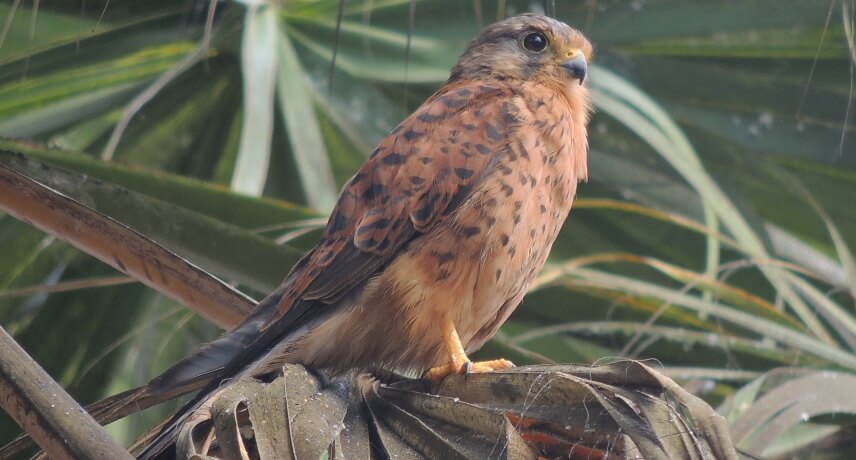
Diet:This small bird feeds on other birds, rodents, reptiles, worms, frogs, insects and earthworms.
Habitat: The Kestrel is widely distributed in Madeira, being found close to the sea and right up to the mountain summits. In recent years it has only been found on the islands of Madeira and Porto Santo, although in the past Kestrels nested on the Desertas and Selvagens islands.
Breeding: Kestrels take 'dating flights' in the month of April, to lay their eggs usually at the end of that month and at the beginning of the next. In incubation, the male's task is to feed the female, but if the food is not enough, the process ends.
Madeiran Chaffinch- Fringilla coelebs maderensis
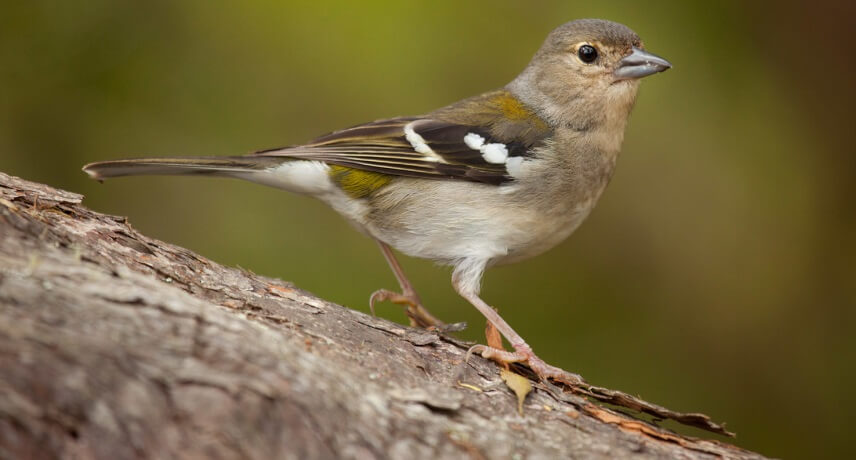
Diet: The chaffinch takes seeds, shoots and berries from trees but also some caterpillar and other insects from foliage.
Habitat: It is found only on the island of Madeira and nests between April and July. A typical bird for picnic tables in forestry areas in Madeira where it is normally tame.
Madeiran Chaffinch is found mainly in woodlands, both indigenous and introduced forests. In the winter it is also found in cultivated areas, near rural housing.
Breeding:The female builds a cup-shaped nest lined with feathers in which she lays a clutch of four or five eggs and which she alone incubates for 12–15 days before they hatch.
Little Egret - Egretta garzetta
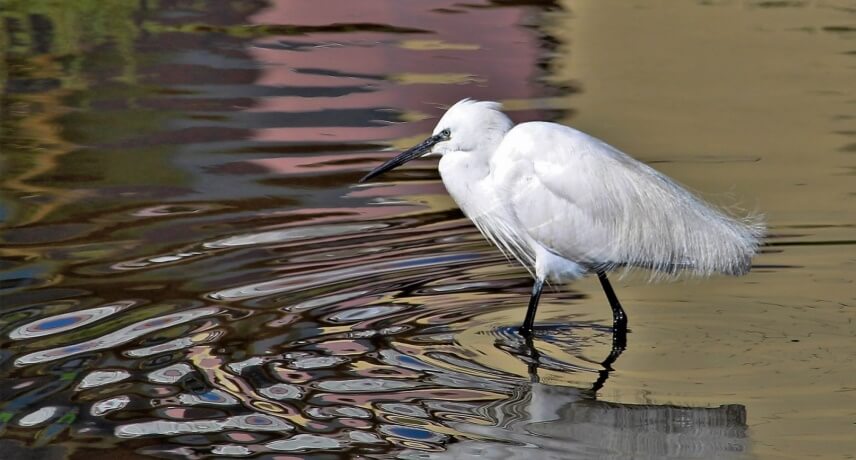
Diet: Besides de small fish, they also eat small amphibians, terrestrial and aquatic insects but also crustaceans, lizards, snails, small mammals and snakes. They make use of opportunities provided by cormorants disturbing fish or humans attracting fish by throwing bread into water.
Habitat: In Madeira it can be observed all year around though the greater numbers of this species occur during the cooler season, between October and March. Associated with water, this species prefers shallow lakes or ponds, gently flowing rivers or streams and also brackish to saline estuaries or coasts.
Breeding: Although it may be seen throughout the year, there are no evidences of breeding in Madeira archipelago. It has a single brood of 3 or 4 eggs between April and July.
Grey Heron- Ardea cinerea
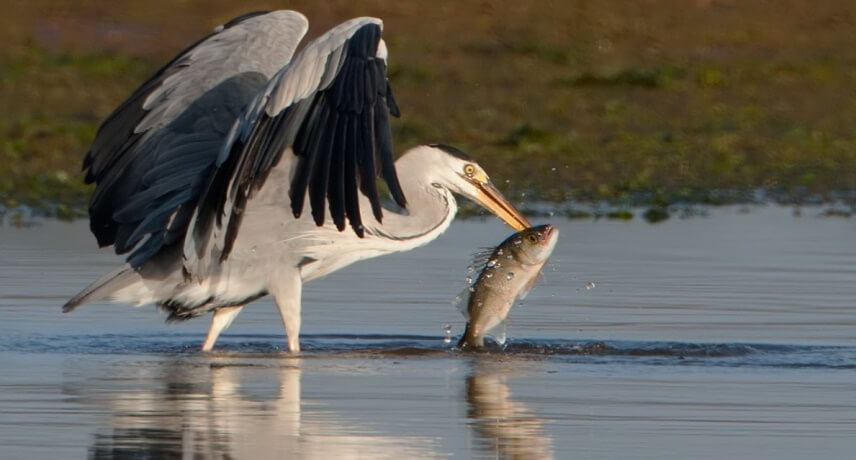
Diet: Catches fish, small amphibians, reptiles, insects and small mammals.
Habitat: This bird can be seen throughout the year though it is more common between October and March. It's a solitary bird but may gather in small flocks for feeding or roosting. Frequents wetlands, though for roosting it prefers trees.
Breeding: It may be seen throughout the year, there is no evidence of breeding in Madeira archipelago. It breeds between January and May with an annual brood of about 4 to 5 eggs.
Eurasian Hoopoe - Upupa epops
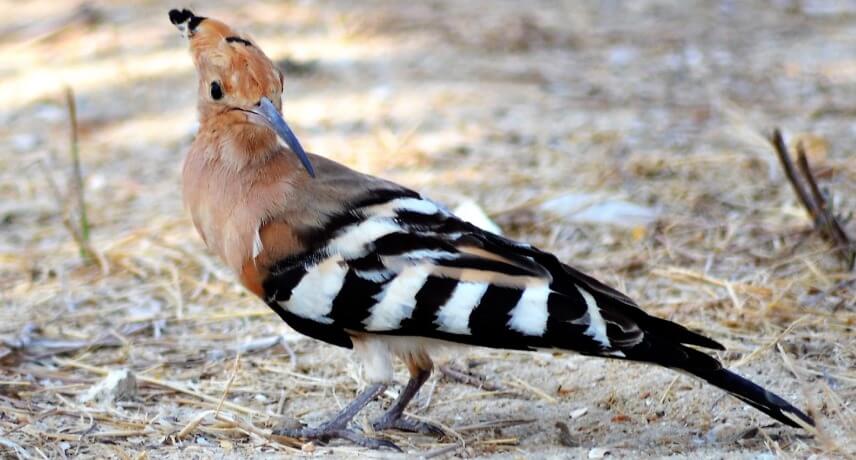
Diet: It feeds on ground picking grubs, insects and worms. The characteristic lengthy, slightly bent beak of the hoopoe allows it to forage through vegetation, and dig into the ground to find insects to eat
Habitat: Its main habitat is dry or fairly dry, flat or rolling country with few trees. In Madeira archipelago it only breeds in Porto Santo island, being an uncommon visitor to the island of Madeira.
Curiosity: The long ridge is usually flattened and is often raised after landing.

